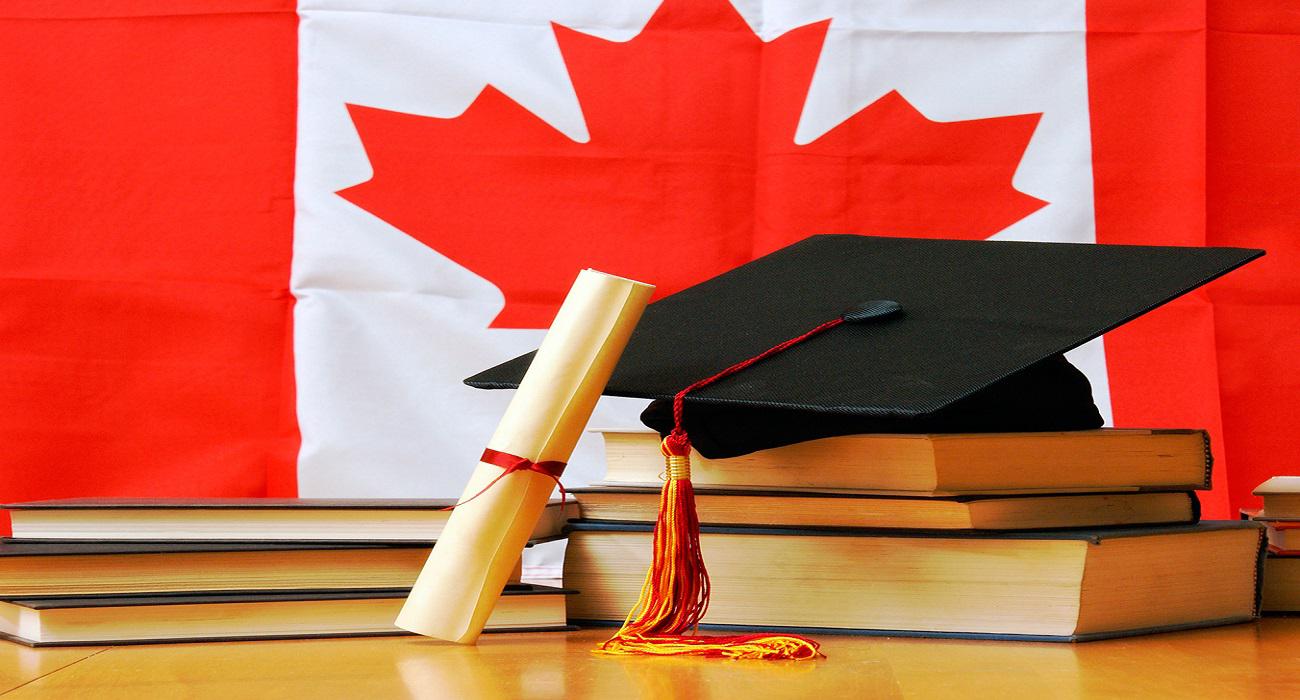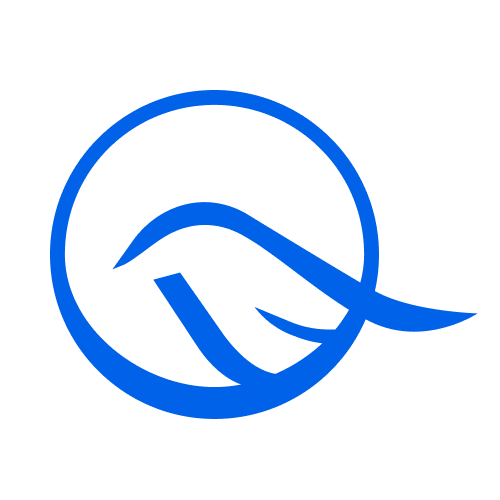Canadian Education
Canada was ranked fourth in 'The Best Countries for Education in 2021', based on its public education system and higher education quality.

Canada ranked fourth for "The Best Countries for Education in 2021". The selection criteria was based on the national public education system, the quality of education and the level of colleges and universities.
Canadian education system
Each province in Canada has a slightly different elementary and secondary education system. We have summarized each and every level of education currently offered in Canada.
Preschool education
Children aged 4-5 can go to kindergarten for free in public elementary schools to prepare for formal entry into elementary schools.
Canadian preschool education also includes a wide range of music, art, science courses, as well as extracurricular activities. The kindergarten will often invite dentists, animal trainers, painters, and other professionals into the classroom to communicate face-to-face with the children, and will often organize field trips to the beach, forest, supermarket, farm, and similar locations so as to get close to the natural scenery.
Primary education
The Canadian education design is: the younger the child, the more important it is for them to get physical training, cultivate interests and take art courses. As the age of children increases, the proportion of knowledge-based and practical courses also increases.
Therefore, at the elementary level, a large number of sports and art courses are arranged for students. At the same time, courses related to daily life and basic abilities are also incorporated, such as computer courses, needlework courses, listening, speaking, reading, and writing skills. Taking Ontario as an example, we have listed some common courses for everyone:
Arts
French as a second language
Health and Physical Education
Languages
Mathematics
Music
Native Languages
Science
Social Studies
Children usually leave school at three o'clock. Children at this stage hardly have much homework and seldom take exams. They are motivated to learn more about how to perceive the world, and to train their hands-on skills, speech skills, and the ability to collect and organize information. Teachers will often lead children to various history museums and natural museums, or participate in sports such as skating and swimming, or other physical activities, so that children have the most intuitive experience of history, culture, art and nature.
Some parents are worried that this kind of education is too relaxed and they can't learn anything? In fact, the knowledge learned from observation, life, games and practice is often easier to absorb and master than knowledge instilled in the classroom.
Secondary education
Different from the enlightened and exploratory education at the elementary level, practical and knowledge-based classwork significantly increases in Canadian secondary schools. The middle school stage is mainly to cultivate students' critical thinking, find problems, analyze problems, as well as independent survival ability and teamwork ability.
In the middle school education system, there is a lot of verbal and written communication skills training. Students have to design and complete a large number of projects, so as to exercise students' project management and speech abilities.
Since Canada does not have a unified national college entrance examination system, going to university is determined solely by the usual academic performance and personal abilities. Therefore, students do not have a lot of test pressure, and basically grow up in a relatively relaxed and voluntary learning environment. Students' personality and creativity can be more fully developed.
| Kindergarten | Elementary School | Junior High School | High School |
Alberta (AB) | 5 years old | 6-12 years old Grade 1-6 | 12-15 years old Grades 7-9 | 15-18 years old Grades 10-12 |
Columbia (BC) | 5 years old | 6-12 years old Grade 1-6 | 12-15 years old Grades 7-9 | 15-18 years old Grades 10-12 |
Manitoba (MB) | Early education
5-10 years old Kindergarten-Grade 4
| Mid-term education
10-14 years old Grades 5-8 | Senior education
15-18 years old Grades 10-12 | |
Newfoundland and Labrador (NL) | 5 years old | 6-12 years old Grade 1-6 | 12-15 years old Grades 7-9 | 15-18 years old Grades 10-12 |
Prince Edward Island (PE) | 5 years old | 6-12 years old Grade 1-6 | 12-15 years old Grades 7-9 | 15-18 years old Grades 10-12 |
New Brunswick (NB) | 5 years old | 6-12 years old Grade 1-6 | 12-15 years old Grades 7-9 | 15-18 years old Grades 10-12 |
North-west region (NT) | 5 years old | 6-12 years old Grade 1-6 | 12-15 years old Grades 7-9 | 15-18 years old Grades 10-12 |
Nunavut Region (NU) | 5 years old | 6-12 years old Grade 1-6 | 12-15 years old Grades 7-9 | 15-18 years old Grades 10-12 |
Nova Scotia (NS) | 5-12 years old Kindergarten (Grade Primary)-Grade 6
| 12-15 years old Grades 7-9 | 15-18 years old Grades 10-12 | |
Ontario (ON) | 4 years | 6-14 years old Grades 1-8 | 14-18 years old Grades 9-12 | |
Saskatchewan (SK) | 5 years old | 6-14 years old Grades 1-8 | 14-18 Grades 9-12 | |
Yukon Territory (YK) | 4 years and 8 months | 6-13 years old Grades 1-7 | 13-18 years old Grades 8-12 | |
Quebec (QC) | 4/5 years old | 6-12 years old Grade 1-6 | 12-14 years old Grades 7-8 | 14-17 years old Grades 9-11 |
Should parents choose private or public schools? ?
In order to better answer this question, we first compare Canadian public schools with private schools.
| Public School | Private School |
Student Source |
|
|
Entry Requirements |
|
|
Tuition |
|
|
Education resources |
| |
Class size |
|
|
Curriculum | Ordinary Teaching Course
|
|
Basic education |
|
|
Management method |
|
|
Learning Environment |
|
|
Graduation goal |
|
|
How to choose between a public school and a private school?
If the family’s economic condition is sound and if parents want their children to follow a particular curriculum that they appreciate and approve of, they can choose a private school.
If your child has special talents and talent needs , and the public school cannot meet your requirements, you can also choose the corresponding private school
If your child needs assistance in self-discipline, I believe that a private school will be a good choice.
In addition, I suggest you choose the optional top-ranked public schools. After all, as a taxpayer in Canada, your child is eligible for free, high-quality education in Canada. Moreover, public schools are closer to our real society, and it will be more beneficial for the children of new immigrants to make new friends and integrate into society.



